Bottom watering is a necessary skill when you’re working with seed starters. Fortunately, it is super easy to do, and I’m not 100% sure I can fill an entire article with this information.
What is Bottom Watering?
Simply put, bottom watering is the process of filling a tray or plate with water so that the soil and roots soak the moisture from the bottom instead of disturbing the soil on top.
The Process
Step 1: Have a tray or dish that water can sit in. Make sure the edges are high enough that water can safely cover the holes of the planter and not overfill.
Step 2: Have a planter with holes in the bottom.
Step 3: Fill the tray or dish so that the water just barely goes over the holes in the planter. Don’t overfill your tray, but also don’t starve your plant.
Step 4: Repeat step 3 when necessary.
When to Use Bottom Watering
There are three main times you’ll want to use this technique. First, it is best to use bottom watering when you’re working with seed starters. Seeds are more delicate than mature plants, so you should be careful with them. You disturb a fragile root structure.
Secondly, you’ll want to use bottom watering on delicate plants. I personally don’t work with these types of plants, but I’m on a lot of different gardening blogs and groups where they talk about flowers that get distressed with traditional watering.
Thirdly, if your planter doesn’t have a pervious surface on top, you may be forced to water this way. That’s fine. Just be aware of it.
When to not use Bottom Watering
You shouldn’t use the bottom watering technique when you’re working in your outdoor garden. It simply isn’t practical to do this. Outdoor plants tend to need more water, and they’re mature enough to handle a disturbed top soil. They obviously have to be because… rain.
However, that doesn’t mean you should take your hose and go crazy. Instead, you should gently water the soil above and around the stem of the plant. You shouldn’t get the leaves wet. Again, plants deal with rain, so how does that work? Plants are fickle. It’s our job to give them the best chance of success. And that means dry leaves.
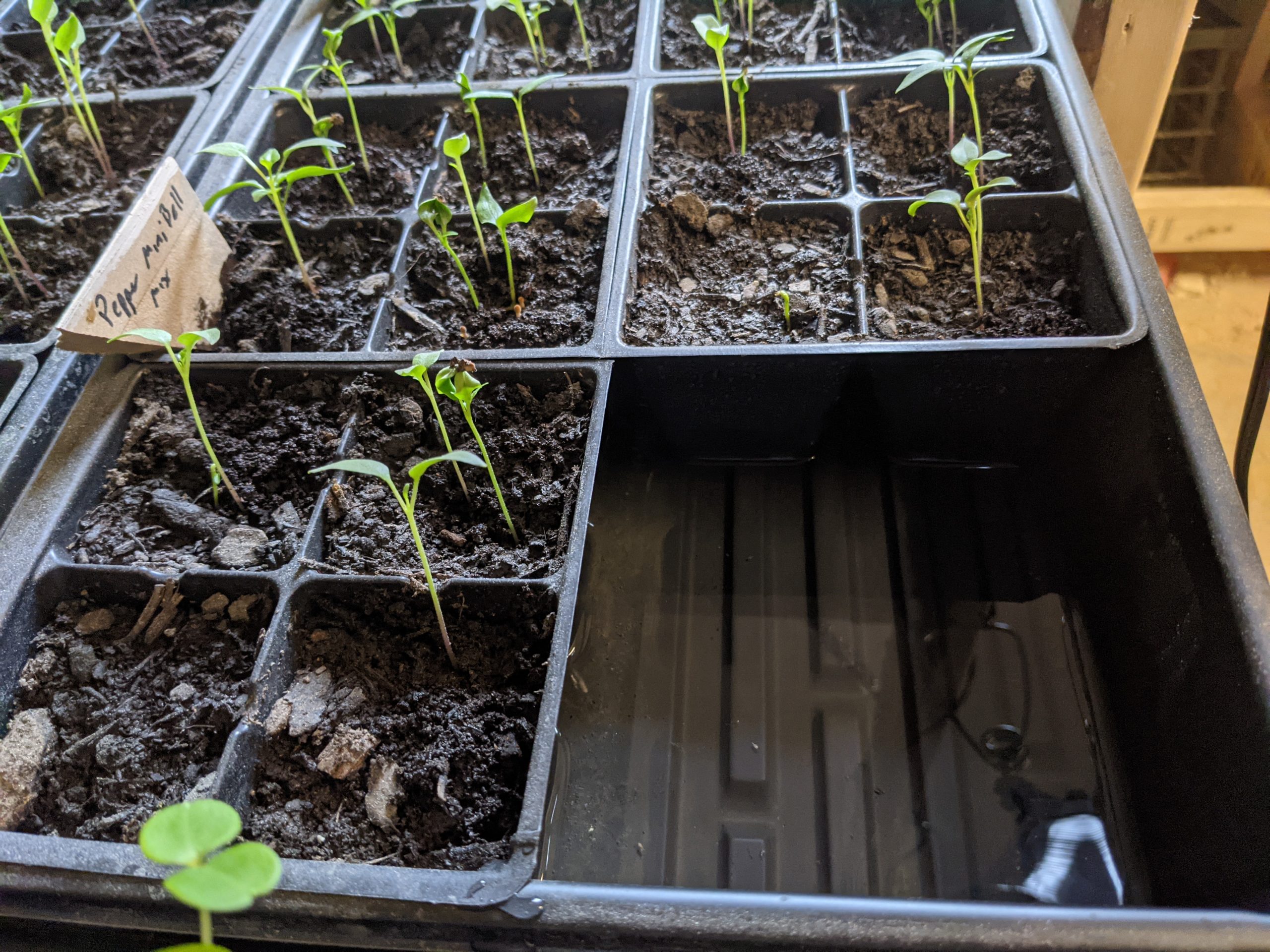

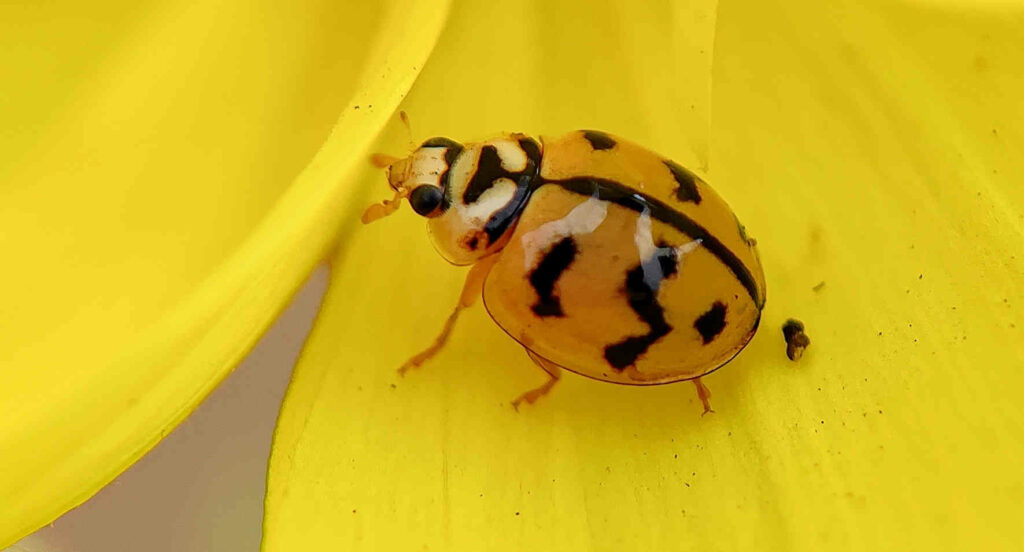
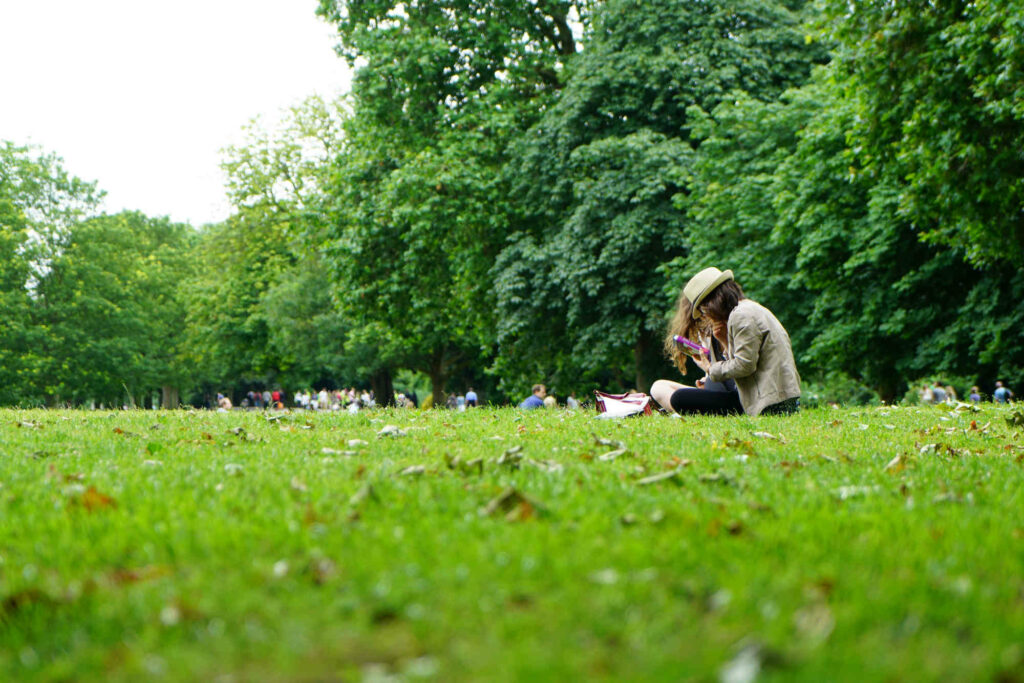

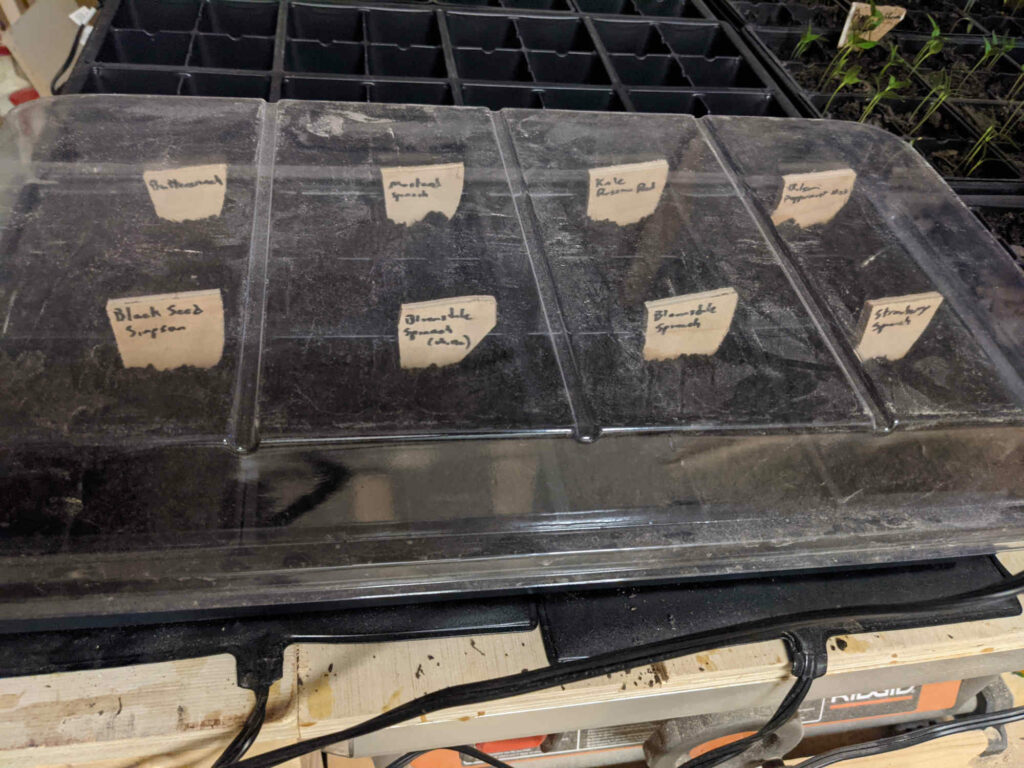
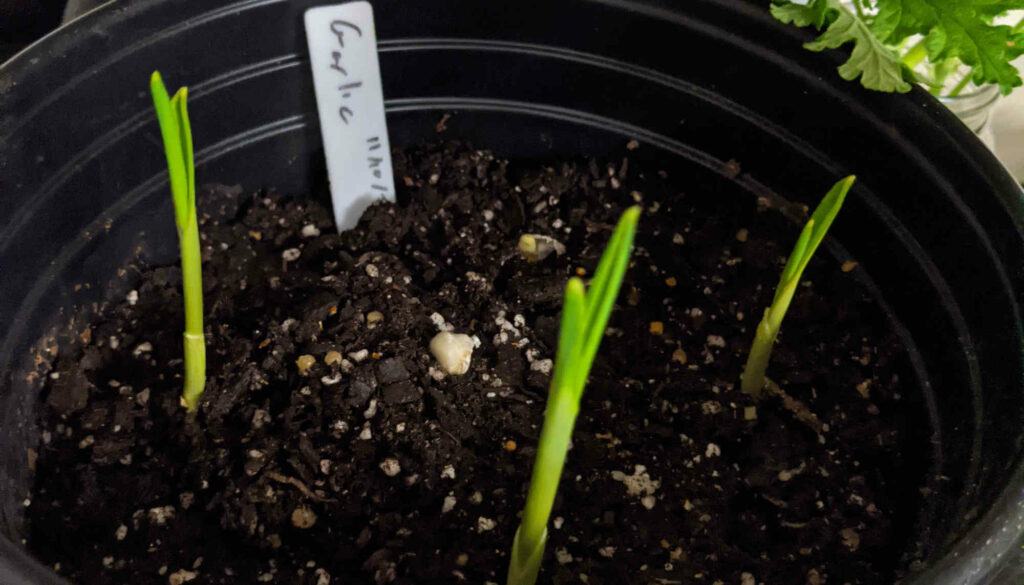
Leave a Reply